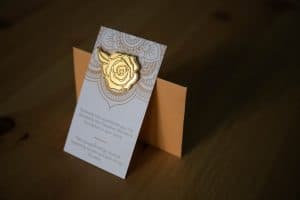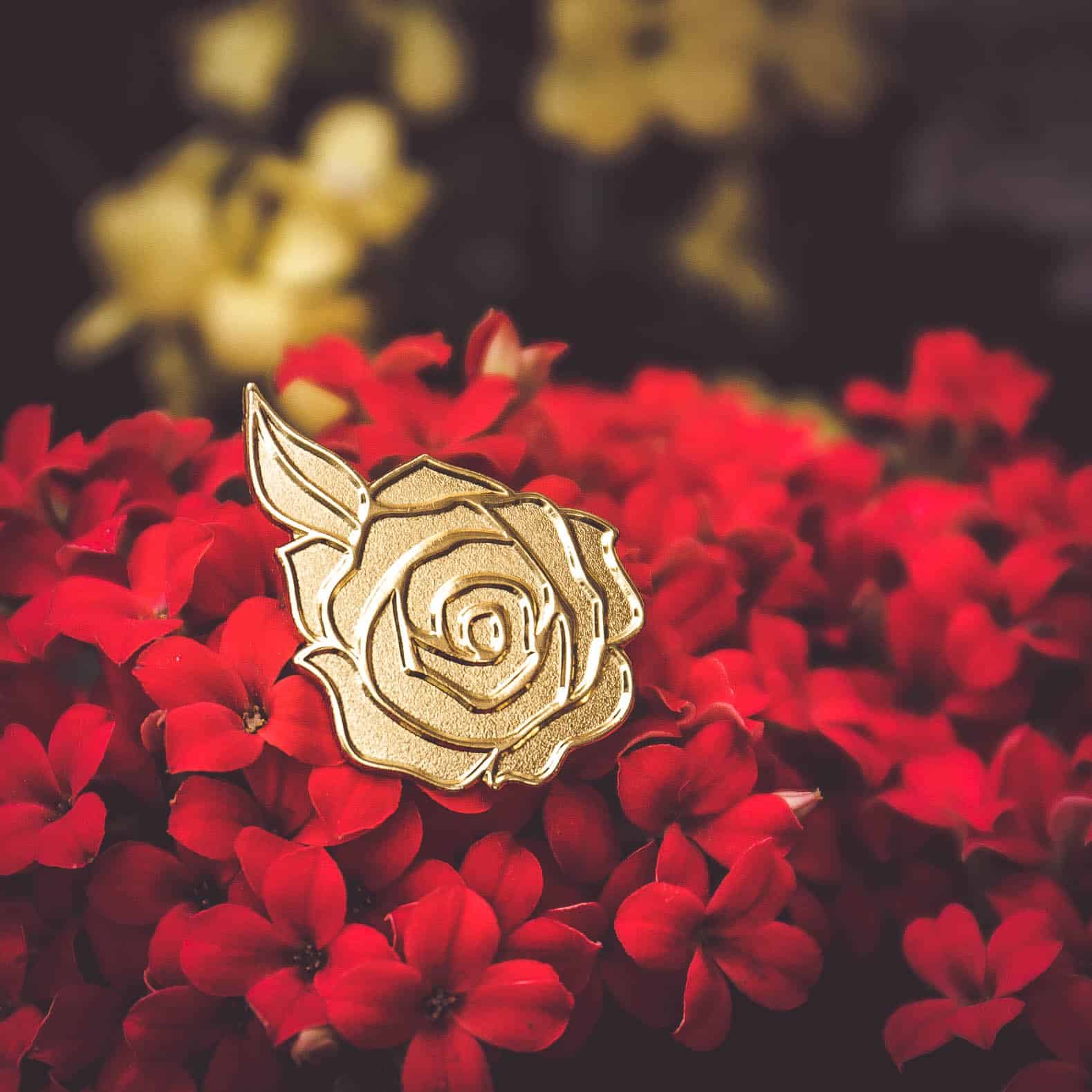“Mesdames and messieurs, please fasten your seat belts, straighten your seats backs, and stow away your meal trays,” the air hostess declared. “Flight AF 7669 with service to Paris will be taking off shortly.”
Weary from travel, my partner Julia was fast asleep in the seat beside me, somehow managing to be in violation of all three takeoff commandments. It was late December in 2017, and we were heading to Paris to spend New Year’s in the city of lights. Soon it would be January, and with February on the horizon, I was reminded of the holiday that always seemed to catch me off guard – Valentine’s Day. Shortly after takeoff, I launched into a Valentine’s Day research session over in-flight Wi-Fi.
Greek mythology tells us that the first red rose was born from the tears of the goddess Aphrodite mixed with the blood of her lover Adonis, who was tragically slain while hunting.
While this is the most famous account, a quick survey of ancient mythologies will reveal that origin stories for the red rose are as ubiquitous as the flower itself. Depending on which ancient civilization you ask, the iconic flower could have sprung from a pool of knocked-over wine, made up the body of a supreme god’s bride, or rose from the embers of a sacrilegious fire. What isn’t disputed is that red roses have been a symbol of romance for much of modern history.
Most sources tell us King Charles II of Sweden returned from a trip to Persia in the late 17th century and brought the practice of communicating love through flowers to the western world. This tradition evolved into the practice of floriography; a complex code where every flower, its colour, and even its position in a bouquet held significance.

Floriography flourished during the Victorian era, where strict social etiquette forbade the open expression of feelings. The red rose, with its lengthy romantic resume, would come to symbolize love in this floral alphabet. Other alphabet highlights include the hygienic Hyssop, the prosperous cabbage, and – my personal favourite – the benevolent potato.
Today, the complete story of the Valentine’s rose is a bit less picturesque. The global industry is estimated to be worth $33 billion USD, and timing is part of the product. On February 15, a rose is worth about half of what it sells for the day before. Delivering on this timeline requires a resource-intensive supply chain that spans the globe. When we think of roses, many conjure up images of vast flower fields in the Netherlands. In reality, only 10 per cent of the global rose trade is based in the Netherlands. The remainder shifted in the 1990s to countries like Columbia, Kenya, Ecuador, and Ethiopia, which have more favourable climates, less environmental restrictions, and lower labour costs.
As I dove further into the mythology of Valentine’s Day, I reflected on my own pre-conceived narrative of the occasion. Of course I would buy her a gift, and of course I would not expect one from her. The ads, the cards, and the movies about this holiday all told me so.
I, as the chivalrous, protagonist male, would present these tokens of affection to Julia. Julia, as the gift-loving, passive female, would be overjoyed to receive them. Roll credits. It struck me how inaccurate and inappropriate these norms are.
Julia is a deeply independent and practical woman, who, like many women and men today, appreciate the value of an experience over a tangible thing. While she might smile at the sight of a dozen red roses, she might also take pause at the waste and labour conditions generated by a fresh-cut bouquet flown in from Ecuador or Ethiopia.
In an era where consumerism is globally-conscious and purpose driven, and our understanding of gender roles has broken free of a false binary, why do our Valentine’s Day traditions remain unchanged?
Over the next few weeks, I got in touch with my old friend Connor to share my thoughts, and we conceived of the Giving Roses Project. In partnership with the Canadian Women’s Foundation, we would send a rose-shaped pin to donors on Valentine’s Day, which could be gifted to a loved one signifying a donation in their name. The first year’s response overwhelmed us, and we were moved by the stories of support and positivity.
February is once again on the horizon, and this year, I know exactly what I’ll be giving.
Give a gift that lasts this Valentine’s Day with the Giving Roses Project. Donate to the Canadian Women’s Foundation at www.givingrosesproject.com and receive a gift-able lapel pin and card telling your special someone that you’ve donated in their name. What’s not to love?
Learn More:
Roses Are Red & Valentine’s Day is Straight
Celebrate Valentine’s Day Without Lingerie and Roses
Making a Commitment to #HealthyLove
Take Action:
Sign up for our e-newsletter to have our latest stories and resources sent to your inbox.
Follow us on Facebook and Twitter to join a national conversation about empowering girls.







